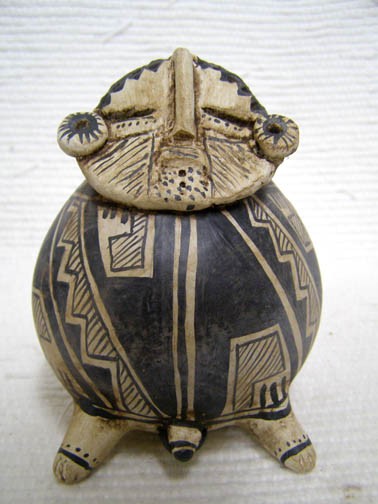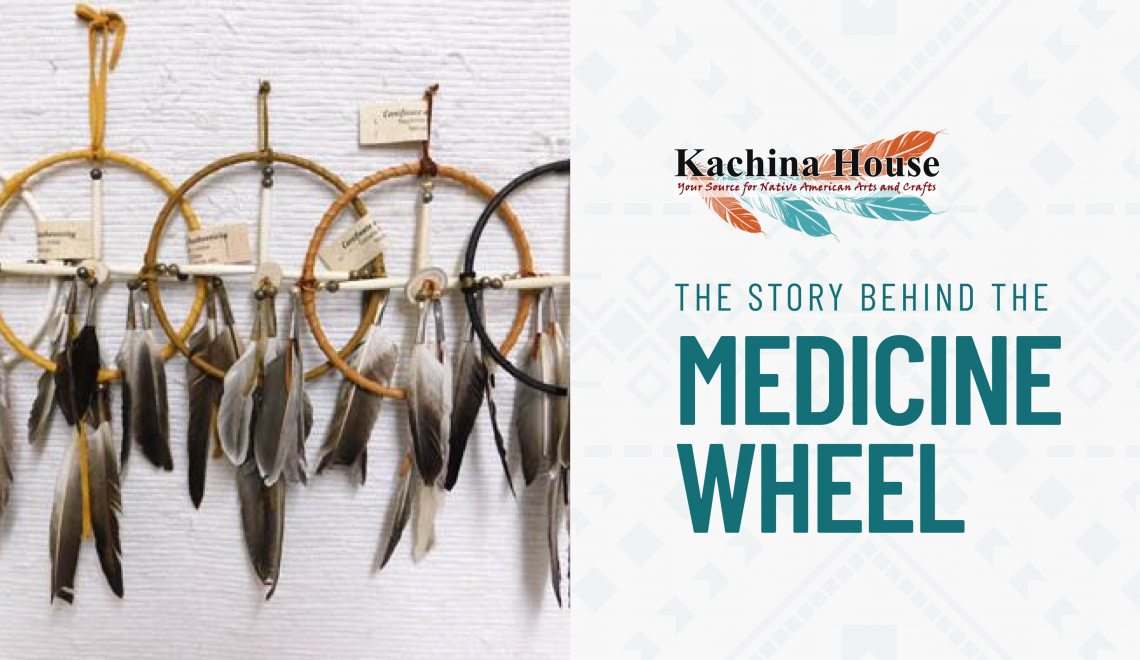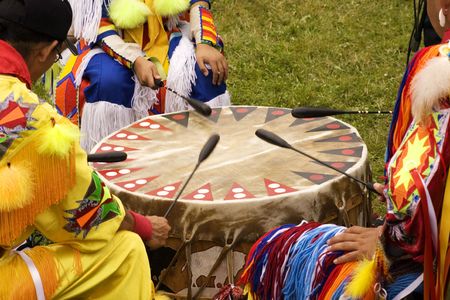
Gourds are crafted by Native American artisans and they have been utilized to make many items, including birdhouses, pottery, and musical instruments. The gifting of a gourd rattle is a spiritual tradition; the rattle must be handled with care, as it is highly symbolic. Here we describe the histories of a few of the gourd rattles that are inherited by Native Americans of the North and Southwest.
The Ceremonial Gourd Rattle
The ceremonial rattle represents the three kingdoms in Native American culture, with the animal kingdom represented by feather decoration, the mineral kingdom represented by rocks inside the rattle, and the plant kingdom represented by the gourd itself. Music, many Native people believe, is a vessel used to transform ourselves into spiritual beings capable of healing ourselves and others through the transfer of energy, and these rattles are commonly used during ceremonies of song and dance.
The Kachina Rattle
The gourd rattle used by the Hopi Katsinam is tremendously symbolic. Often only painted light blue with little decoration, this special instrument is used in Katsina dance and ceremony, and also as a gift given to children during their initiation ceremonies into the Kachina Society.
The rattle is constructed of a flattened gourd, which represents the earth, and the handle represents the axis of the Hero Twins, iconic figures of ancient Mayan lore who help keep the earth spinning.
The Peyote Rattle
The Peyote rattle was frequently used during Native American church ceremonies and was an important element of the Half Moon ceremony. A community elder is in charge of leading this ceremony, which involves the ingestion of dried peyote, a hallucinogenic cactus that was believed to induce visions. This rattle was also constructed from a spherical gourd shape and filled with nuts or seeds.
This month we are featuring the beautiful Sharpie gourd art of Apache, Spanish, and French artist Robert Rivera. Celebrate Native American heritage with us by viewing some of his Gourd Art creations!




